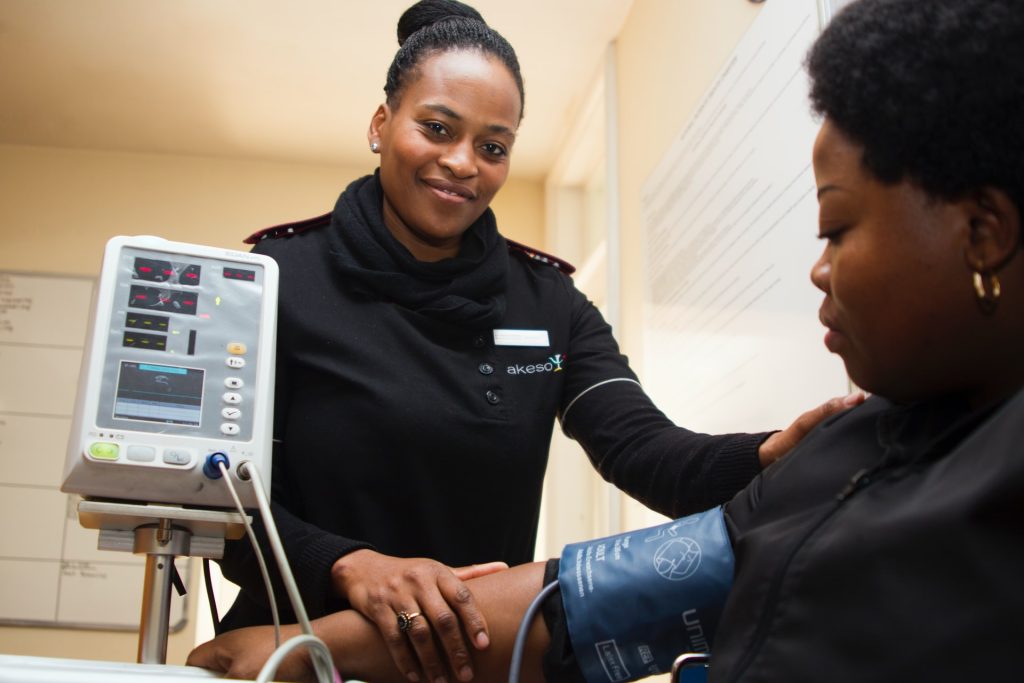
Women with severe preeclampsia may be treated with extended-release nifedipine, a blood pressure-lowering medicine, daily during the labour and delivery process, according to new research published today in Hypertension. Women receiving the drug had a lower risk of dangerously high blood pressure that would require treatment with fast-acting medicines including intravenous (IV) medications.
The study examined whether treatment with nifedipine, an extended-release blood pressure-lowering medication, leading up to labour and delivery may prevent severe blood pressure levels from developing, and, as a result, avoid the need to administer fast-acting IV medications.
According to the American Heart Association, preeclampsia is typically diagnosed after 20 weeks of pregnancy and indicates high blood pressure measures with symptoms such as headaches, vision changes and swelling of the hands, feet, face or eyes. It affects up to 8% of pregnancies. A diagnosis of preeclampsia with severe features typically includes systolic BP of ≥ 160mmHg and/or diastolic BP ≥ 110mmHg, and proteinuria. It increases the risk of stroke, liver or kidney damage and pre-term delivery. Delivery of the baby is the only way to start to cure preeclampsia, and symptoms usually go away within days of delivery. However, some women require BP medication for six weeks after delivery or longer.
“We know that bringing down very high blood pressure to a safer range will help prevent maternal and foetal complications. However, besides rapid-acting, IV medicines for severe hypertension during pregnancy, optimal management for hypertension during the labour and delivery process, has not been studied,” said lead study author Erin M. Cleary, MD.
Sever hypertension also raises the risk for complications such as placental abruption, leading to serious complications for mother and/or the baby.
“Some of these complications may include emergency delivery, blood loss for the mother and may be life threatening for both the mother and baby,” Dr Cleary said. “About 10% of patients treated with a rapid-IV treatment for very high blood pressure may quickly have very low blood pressures. When blood pressure gets too low, too fast, that can lead to other serious complications.”
The study was conducted from June 2020 to April 2022 at The Ohio State University Wexner Medical Center and included 110 women who were at least 22 weeks pregnant, diagnosed with severe preeclampsia and who underwent induction of labour. Half were randomised to take a 30mg oral pill nifedipine extended-release once a day until delivery, the other half took a placebo pill daily until delivery. Participants were followed through hospital discharge, and chart review was performed through six weeks postpartum to monitor for any postpartum readmissions along with reasons for readmission.
The researchers also examined the impact of nifedipine treatment on delivery, if and how long the baby may have needed care in the neonatal intensive care unit (NICU) and other adverse outcomes for the mother and/or baby.
The study found:
- 34% of women in the nifedipine group needed acute hypertension therapy compared to 55.1% of those in the placebo group.
- There were fewer Caesarean deliveries among the women treated with nifedipine: 20.8% of women in the nifedipine treatment group had a Caesarean section, compared to 34.7% of women in the placebo group.
- The rate of NICU admission for the newborns was lower if the mother was treated with nifedipine (29.1%) compared to the placebo group (47.1%).
- Poor outcomes for the infant – such as lower Apgar score, low blood sugar levels, high bilirubin or needing extra oxygen – did not differ significantly between the two treatment groups.
It’s important to note, however, that the number of participants in this study was too small to determine whether the differences in the NICU and Caesarean rates may hold true or if they may be due to chance or other factors. The researchers plan to conduct larger studies with more participants to better understand if these differences are valid.
Source: American Heart Association

